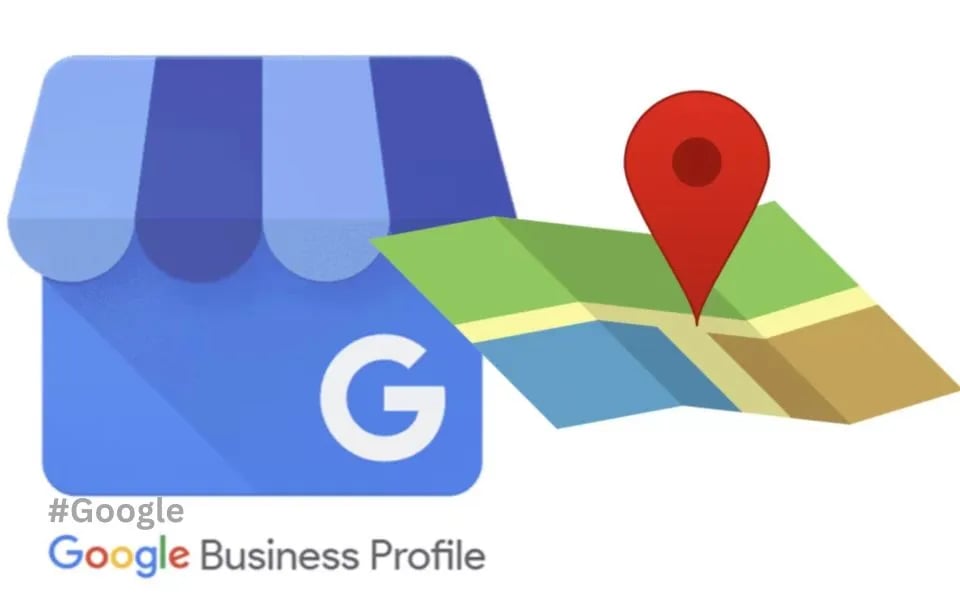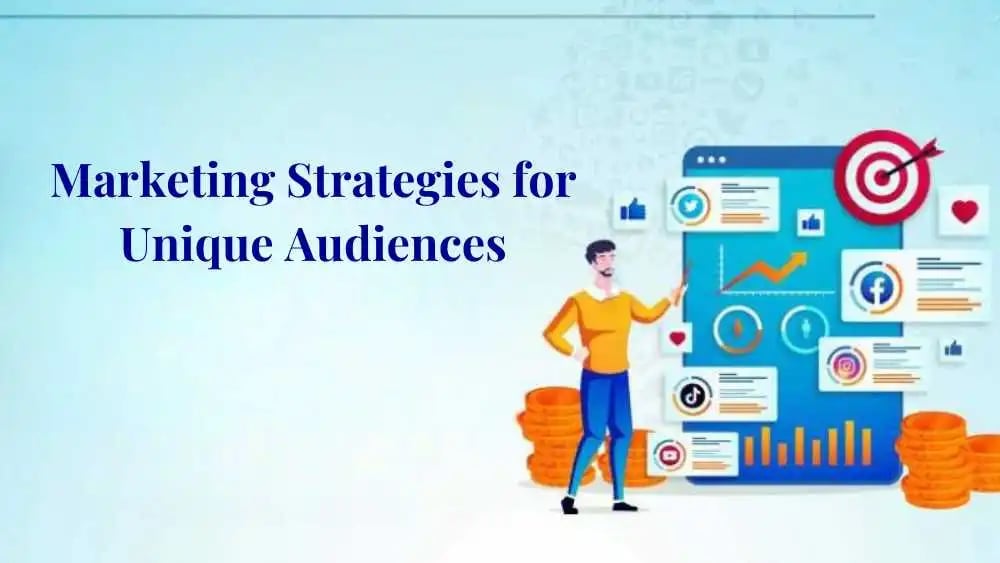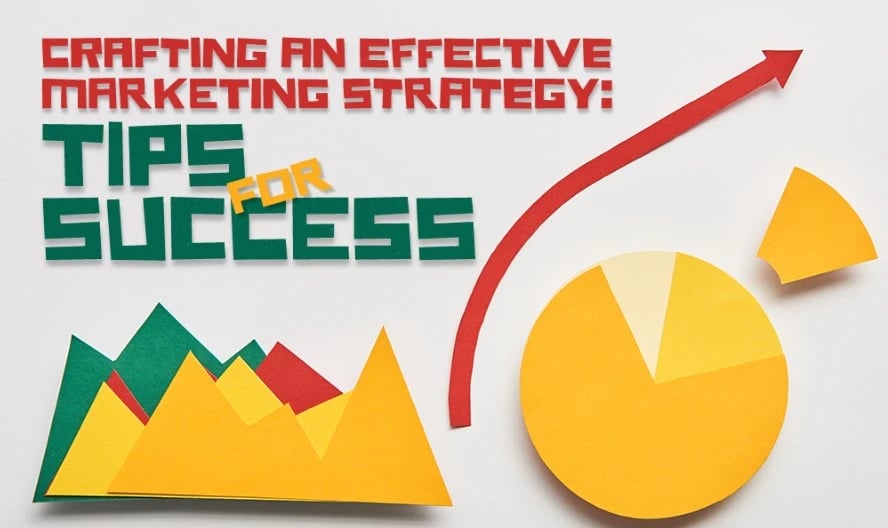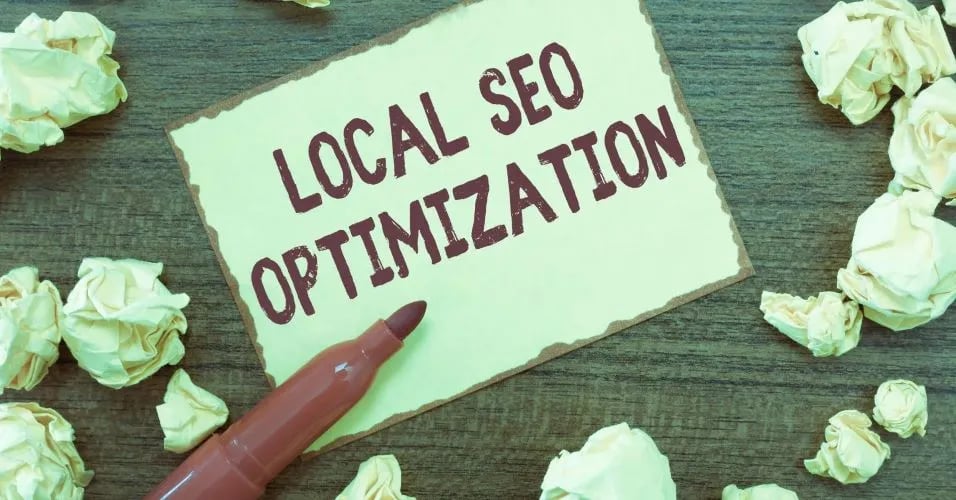
Off page SEO focuses on activities beyond your site to boost authority and rankings; you should prioritize quality backlinks, strategic outreach, brand mentions, and social proof to signal trust to search engines. Applying methods used by Mister Nguyen Agency helps you build a sustainable off-site profile that improves visibility and referral traffic while protecting your reputation.
The Core Principles of Off-page SEO

Off-page efforts hinge on three pillars: authority, relevance and trust. You build authority through editorial backlinks, branded mentions and social amplification that drive referral traffic and user signals. Backlinks remain a dominant ranking signal across industry analyses, so prioritize partners that send visits and context, not just link counts. Mister Nguyen Agency recommends measuring link quality by referral sessions, domain metrics and topical fit rather than raw totals.
Understanding Domain Authority and Its Impact
Domain Authority (DA) from Moz runs on a 1–100 scale and serves as a comparative indicator of a domain’s ranking potential. You should treat DA as a directional metric—domains above ~50 typically perform better in moderately competitive niches, while enterprise competitors often sit 70+. Track DA alongside Ahrefs’ DR and SEMrush Authority Score to spot trends and validate outreach targets for maximum impact.
Link Building Fundamentals: Quality Over Quantity
A single editorial backlink from a relevant DA70+ site can outweigh dozens of low-quality links; topical relevance, in-content placement, and anchor diversity drive value. You must pursue links that bring organic clicks and contextual signals—guest articles on industry sites, data-driven studies cited by journalists, and niche resource pages deliver sustained authority. Mister Nguyen Agency emphasizes earned, measurable links over bulk directory or footer placements.
Tactics to execute: target sites with monthly traffic >1,000 and domain metrics 40+, run HARO pitches, perform broken-link outreach, and secure in-body placements with contextual anchors. Maintain anchor-text variety—keep exact-match anchors to single-digit percentages—and set KPIs like cost-per-link, referral sessions and SERP movement; monitor with Ahrefs/Moz and disavow toxic links when they harm your profile.
The Power of Backlinks: Strategies to Enhance Your Authority

High-quality backlinks remain the strongest off-page ranking signal: Backlinko’s analysis of 1 million Google results showed top pages had substantially more referring domains. Focus on earning links from diverse, authoritative sources—editorial sites, niche blogs, academic papers—rather than chasing raw volume. You can replicate tactics used by Mister Nguyen Agency: targeted outreach plus data-led assets secured 12 high-value links and lifted organic traffic by ~35% in four months.
Creating Valuable Content That Attracts Links
Publish original research, long-form guides, and interactive tools that other sites cite as references; Brian Dean’s Skyscraper Technique remains effective for outreach. You should produce at least one linkable asset per quarter—case studies with concrete KPIs, data visualizations, or industry benchmarks—then promote them via targeted email campaigns and social amplification to drive natural, high-authority backlinks.
Networking with Industry Influencers
Engage influencers through personalized offers: unique data, interview features, or co-authored pieces that provide tangible value to their audience. Aim to send 1–2 tailored pitches weekly, reference their recent work, and propose a specific collaboration angle to raise response rates and earn editorial links from established voices.
Map 50 relevant influencers and prioritize those with domain authority above 30 or strong niche relevance; follow, comment on, and share their content for several weeks before outreach. Use a CRM to track interactions, propose clear value exchanges (guest posts, data exclusives, co-marketed webinars), and measure conversions—expect 5–10% of qualified outreach to become link-generating collaborations within three months.
The Role of Social Signals in Authority Building

You can leverage social signals—shares, comments, and mentions—to amplify content and attract backlinks; studies and agency case work show high-engagement posts often precede link growth. Mister Nguyen Agency amplified pillar content across LinkedIn and Twitter, driving a 30% increase in referral traffic and earning 18 new referring domains in 90 days. Monitor engagement rates, referral growth, and link acquisition together to quantify how social activity feeds authority.
Leveraging Social Media for Brand Recognition
Deploy platform-specific formats: short-form video on Instagram/TikTok, long-form analysis on LinkedIn, and threaded insights on X to reach distinct audiences. You should repurpose a single asset into multiple native formats, tag collaborators, and use UTM parameters to trace impact; Mister Nguyen Agency repurposed one whitepaper into 5 Reels and 3 LinkedIn posts, generating 15,000 views and a 12% uplift in branded search queries.
The Importance of Brand Mentions and Engagement
Unlinked brand mentions and active engagement act as validation signals for both users and algorithms, so you should track and convert them into links when possible; converting passive mentions can materially boost topical relevance. Mister Nguyen Agency identified passive mentions and secured five dofollow links from outreach in one quarter, improving referral volume and keyword visibility.
Use a monitoring stack—Google Alerts, Ahrefs Alerts, Mention, and Brandwatch—to capture every mention, then prioritize outreach by Domain Rating (>30) and social reach (>5k). Craft a concise pitch offering a data point, author quote, or resource to turn mentions into links; measure mention volume, sentiment, share-of-voice, and link-conversion rate. Set realistic goals (convert 5–10% of passive mentions), track conversions in a CRM, and scale tactics that yield the highest link-per-effort—Mister Nguyen Agency targeted 12 high-value mentions and converted five (42%), producing measurable backlink and referral gains within 90 days.
The Impact of Online Directories and Citations

Online directories and citations amplify your authority by supplying structured data that search engines use to verify your business; consistent listings across 20–50 high-quality directories like Google Business Profile, Yelp, Bing Places and industry-specific sites often correlate with higher local-pack placement and referral traffic. You can use citation-building tools or services such as Yext to scale, while auditing duplicate or outdated entries to prevent ranking dilution; Mister Nguyen Agency recommends prioritizing accuracy over quantity to turn citations into reliable ranking signals.
Optimizing Your Business for Local SEO
Fill out 100% of your Google Business Profile fields, choose one primary category and up to two secondary categories, add 10+ high-resolution photos, and list 5–10 core services with clear pricing where possible. Keep opening hours, holiday closures and service areas updated, and encourage customers to leave reviews and respond to them within 48 hours to boost engagement. Use schema markup on your site—LocalBusiness and Service—to mirror directory details and maximize local relevance.
Building a Consistent NAP (Name, Address, Phone)
Use the exact legal business name, full street address (including suite numbers) and a single phone number formatted consistently (e.g., +1 212-555-0173) across every citation; even ‘St.’ vs ‘Street’ mismatches can create duplicate entries. Run periodic audits with tools like Moz Local, Whitespark, or Google Business Profile’s duplicate detection, and correct 3–5 mismatches per month if needed to consolidate authority.
Centralize your NAP in a master spreadsheet and push it to top aggregators (Infogroup, Localeze, Factual) and 30–50 industry-specific directories to ensure propagation; choose a local phone number over toll-free when targeting a city-level audience. Embed matching structured-data (JSON-LD) on every contact page, enable click-to-call, and log every citation change so you can resolve inconsistencies—businesses that maintain this discipline typically avoid ranking drops after moves or rebrands.
Measuring Success: Tools and Metrics for Off-page SEO
Analyzing Backlink Profiles and Domain Authority
You can use Ahrefs, Moz, and Google Search Console to audit referring domains, anchor-text distribution, and lost/gained links; monitor Domain Rating (Ahrefs) and Domain Authority (Moz) alongside spam score and link velocity. Track top referring pages and top anchors monthly, flag low-quality links, and aim for quality over quantity—Mister Nguyen Agency focused guest posts on DR40+ sites and saw a 12-point DR lift in four months.
Tracking Social Engagement and Referral Traffic
You should combine Google Analytics (or GA4), UTM-tagged campaigns, and social tools like BuzzSumo or Hootsuite to measure shares, clicks, referral sessions, bounce rate, and on-site conversions from each platform. Compare platform-specific CTRs and conversion rates—a 3% click-through on organic posts and a 1–2% conversion from social referrals often indicates effective content amplification; Mister Nguyen Agency used this to prioritize LinkedIn and Instagram pushes.
Segment traffic by UTM source/medium in GA4, set event-based conversions for key actions, and track assisted conversions to capture social’s contribution to multi-touch paths; run weekly reports and A/B test post formats and CTAs. Use social listening (Mention, Brandwatch) to quantify sentiment and influencer impact, attribute promo codes for direct ROI, and adjust budgets toward channels showing rising engagement-to-conversion ratios within 30–90 day windows.
Summing up
Hence you strengthen your website’s authority by prioritizing high-quality backlinks, consistent citations, thoughtful outreach, and reputation management; apply data-driven content and link strategies, monitor metrics, and iterate. Mister Nguyen Agency helps you execute these practices so your site gains visibility, trust, and sustained search performance.











